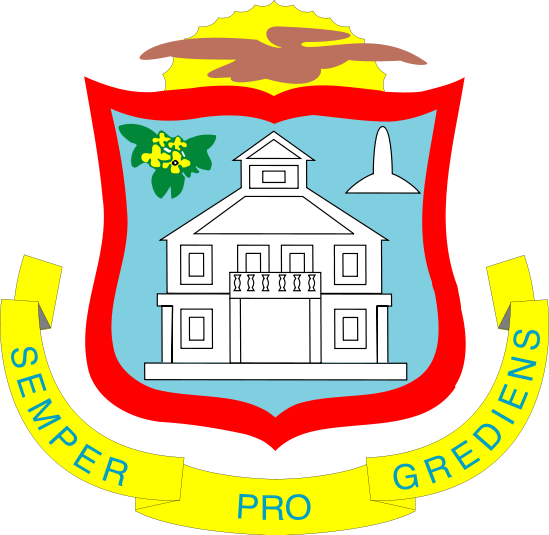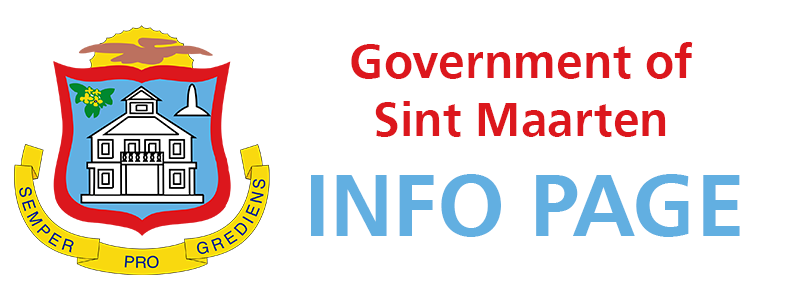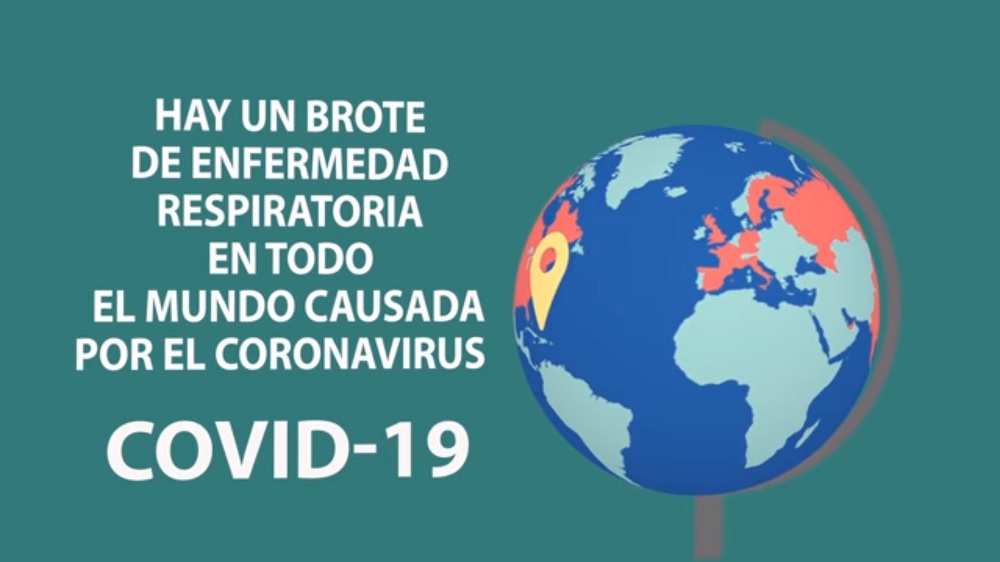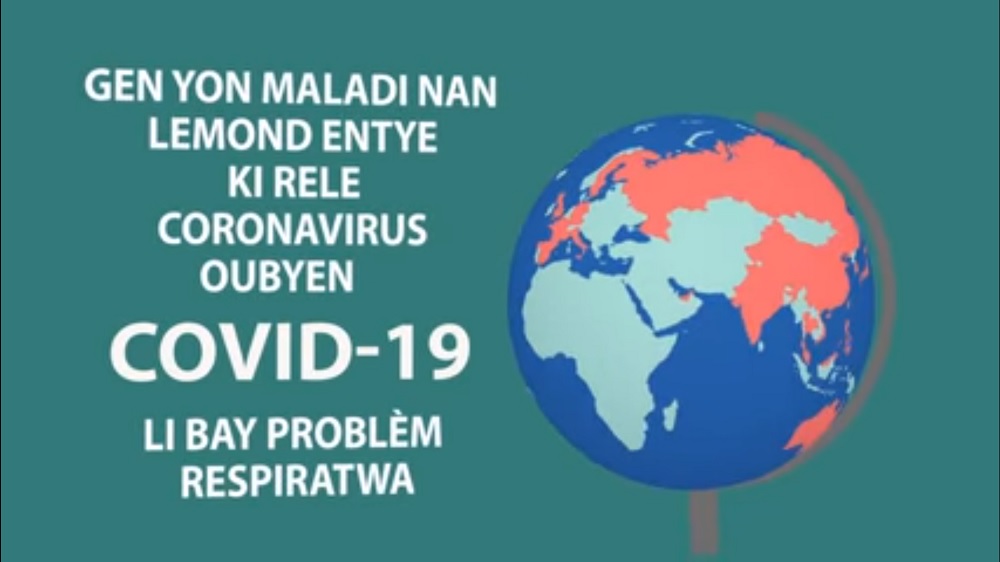Prime Minister: Border Negotiations Successful
PHILIPSBURG, Sint Maarten — Prime Minister and Minister of General Affairs Ms. Silveria Jacobs accompanied by Interim Director for the Directorate of Foreign Relations, Mr. Patrice Gumbs, held a press conference to inform the public of the developments regarding the negotiations for the border between Sint Maarten and Saint-Martin.
Since the end of 2022, reports have been in the media from both the Kingdom level as well as from the side of France that an agreement had been reached on the location of the border between Sint Maarten and Saint-Martin. These public discussions were deemed premature as the proposals had not yet gone through the proper channels of approval; the agreement had only been reached at the technical level and still had to be approved at the Ministerial level, on St. Maarten, in the Kingdom Council of Ministers.
The approval process was finalized between both states in March this year. As such, the Prime Minister found it prudent to wait until all documentation and steps were finalized before making any public statements. It is important to note that from the inception, and at every stage, the Government of Sint Maarten was in the lead and wholly involved in determining the mandate.
The negotiations, as per Kingdom law, were led by the Ministry of Foreign Affairs, in collaboration with the Department of Foreign Relations, the Ministry of Defense, as well as both the local and Dutch Cadasters; along with inputs from the various Ministries including VROMI, TEATT, and Justice. The negotiation team consisted of representation from both the Ministry of Foreign Affairs and the Department of Foreign Relations.
Prime Minister Jacobs will sign the treaty on Sint Maarten on May 26, on behalf of the Kingdom of the Netherlands. Minister of Interior Gerard Darmanin will sign on behalf of the State of France. More information on the signing event will be shared in terms of place and time in a joint statement with our Northern counterparts.
Background on Negotiations
Since 2014, there have been disagreements related to the border on the island. These disagreements came about when the French contested the Dutch claim over all the water in Oyster Pond. This led to several instances of direct confrontation between authorities from both sides of the island and unfortunately strained the longstanding relationship between both governments.
In December 2017, the French filed a petition with the United Nations, signaling the existence of an international border dispute on the island. This triggered the need to come to agreements, as the deadlock that ensued after the petition would have led to Arbitration, which would not answer the need for a comprehensive approach to the entire border. November 2021, saw the Government of Sint Maarten adopt a more compromise-driven approach, that would prove to advance discussions and move the island closer towards the end goal, hence we are here today.
Following nine years of deliberation, we will finally put to rest the border issue on Saint Martin. Technical experts are working diligently to finalize the new iteration of our map, as there are 348 points that need to be transformed and placed on the map.
Changes to the Border
The border along the road in Cupecoy will shift north in favor of the Dutch. The border along Marigot Hill Road will shift north in favor of the Dutch. We confirm Dutch sovereignty, that is authority over Higher Bethlehem. The border along the road in Belle Plaine will shift west in favor of the French. The border along the road leading to Oyster Pond will shift north in favor of the Dutch. Oyster Pond will be shared on the principle of equidistance, between the French and the Dutch.
The changes mainly concern public areas and as such individuals are not impacted. The largest change is in Oyster Pond; the border runs through the middle of the pond, thereby giving an equal share of the water to both sides. The Southern part of Oyster Pond will be retained by Sint Maarten (Kingdom of the Netherlands) and the Northern part of Saint-Martin (French Republic). The persons that will be proportionally impacted have been informed. However, the new treaty ensures that the relevant authorities will ensure the rights of anyone impacted by the changes.
The Prime Minister elaborated by stating, “I would like to stress that the realization of this treaty legally establishes the boundaries of the Southern and Northern territories of the island but does not undermine the oneness and unity that we speak of among the people that call this island home. The realization of this treaty, in fact, has several benefits for all citizens of our island. Clarity on the borderline removes ambiguity and facilitates our long-term planning and development.”
The treaty will be advantageous for cross-border cooperation. Re-engagement on the border has led to the reopening of a broader French-Dutch relationship and cooperation in areas that will benefit the population (education, health, and security agreements are slated to be signed next month, for example). The treaty makes provisions for the establishment of a joint border commission and a cooperation platform to facilitate the continued cooperation between the governments on both sides. The treaty also makes provisions to promote cooperation on all cross-border land and inland waterway connections of common interest. In the negotiations, Dutch Sint Maarten has ensured the right to access, freedom of navigation, mooring, and freedom to conduct artisanal fishing in both Simpson Bay Lagoon and Oyster Pond.
“I would like to thank everyone for their attention and those in attendance at today’s press conference. A special word of thanks to the technocrats involved over the past years on St. Martin, in its entirety, as well as those in The Hague and Paris. Finally, I promise to share the map as soon as it becomes available.” concluded Prime Minister Silveria Jacobs.










